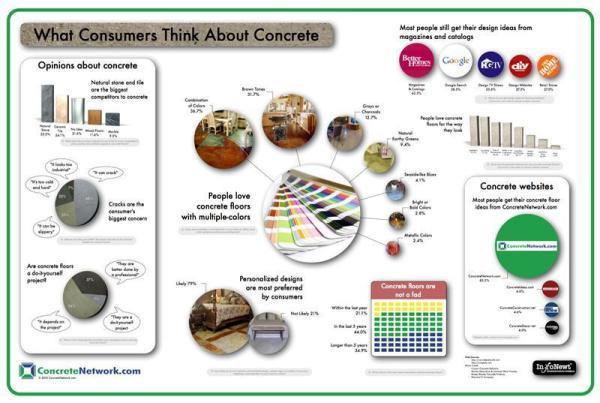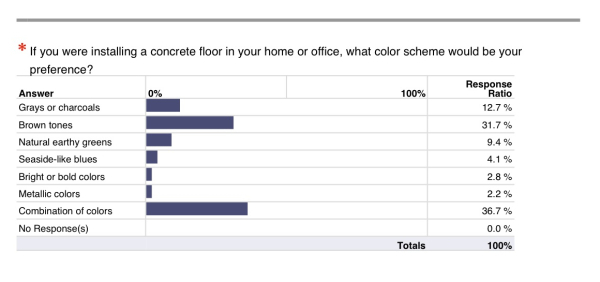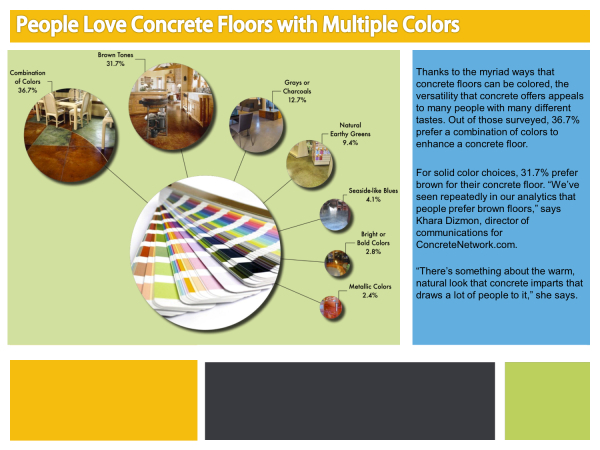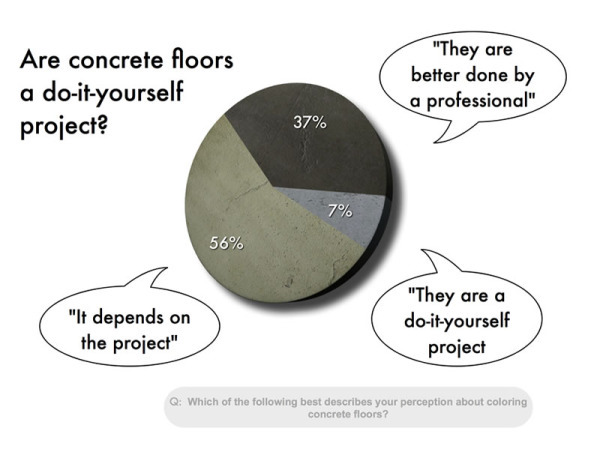Sites Will Lose 1/3 of Sales If Not Mobile-Friendly During the Thanksgiving Weekend
Interesting analysis and data in the You’re Going to Lose 1/3 of Your Sales If Your Website Isn’t Mobile-friendly During the Thanksgiving Weekend infographic from Skilled.co
During the 2015 Thanksgiving Weekend, online stores made 43% more on average than in 2014. Almost 50% of traffic came from mobile devices while one third of sales was made on smartphones. This year, the mobile traffic is predicted to grow to 57% and the smartphones are going to cut even bigger portion of online sales.
The infographic does a good job of walking the reader through a sequential series of data points and predictions for the 2016 Black Friday weekend sales. Clean visuals, except for the doughnut charts that show sections in random order. Pir charts and doughnut charts should start at 12 o'clock or 0° and sequence the data in descending order in a clockwise direction.
I think the title is too long, and misleading as well. It implies that a company's sales will drop by 33% if their site isn't mobile-friendly, but based on the data they share, you can see that sales through desktop computers continues to rise as well. It might be better to say that a company may miss out on additional sales without a solid mobile purchasing experience. The prediction also ignores that sales through a company's mobile app may offset the risk of having a non-mobile-friendly website.









 Randy
Randy









